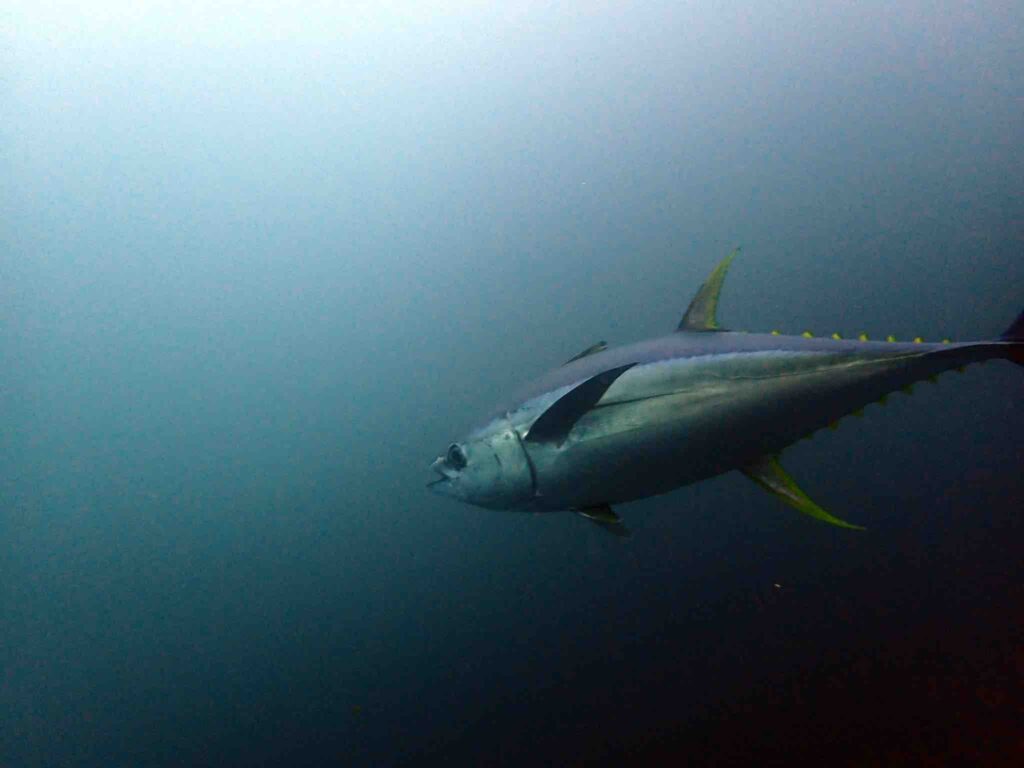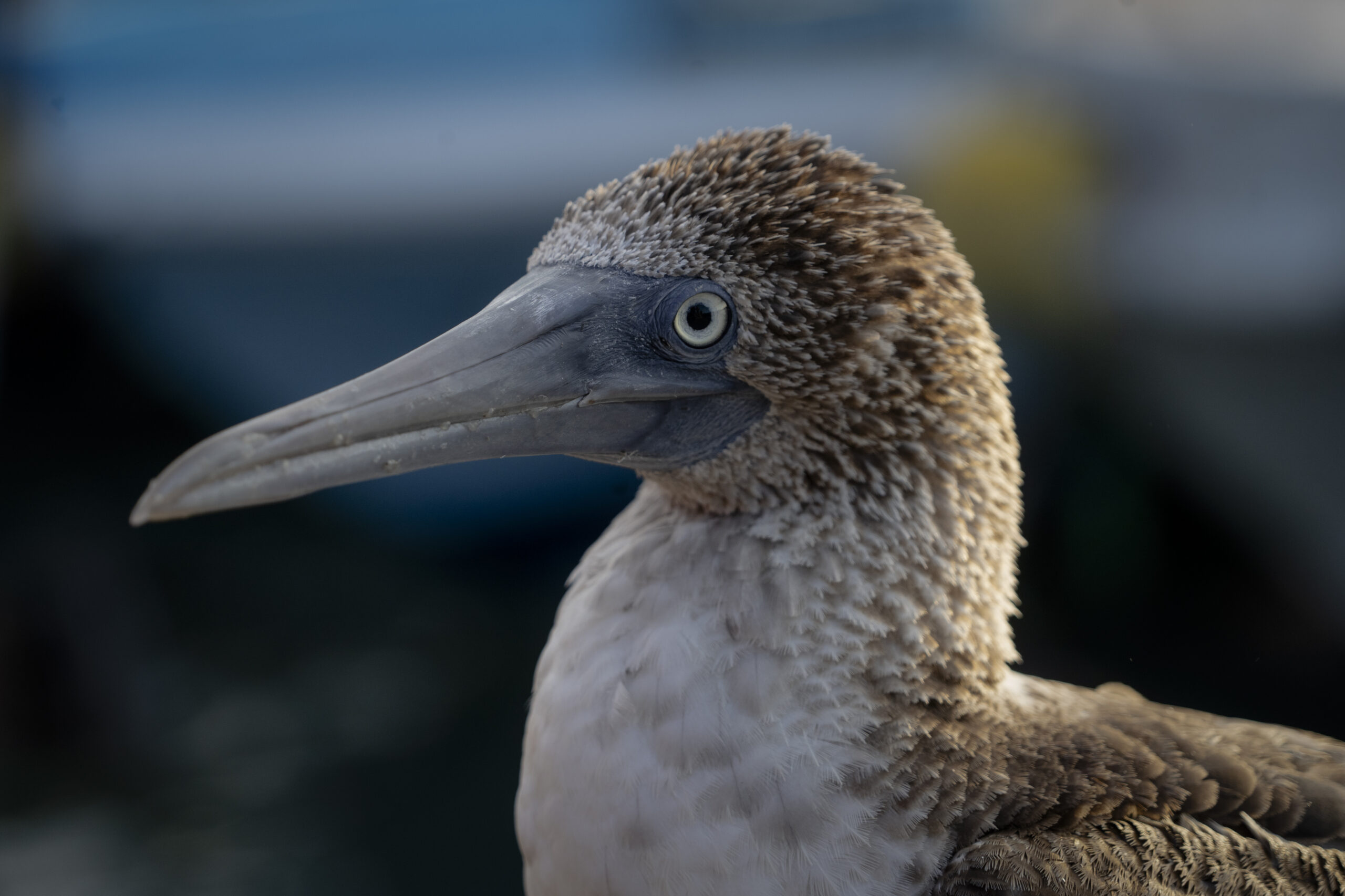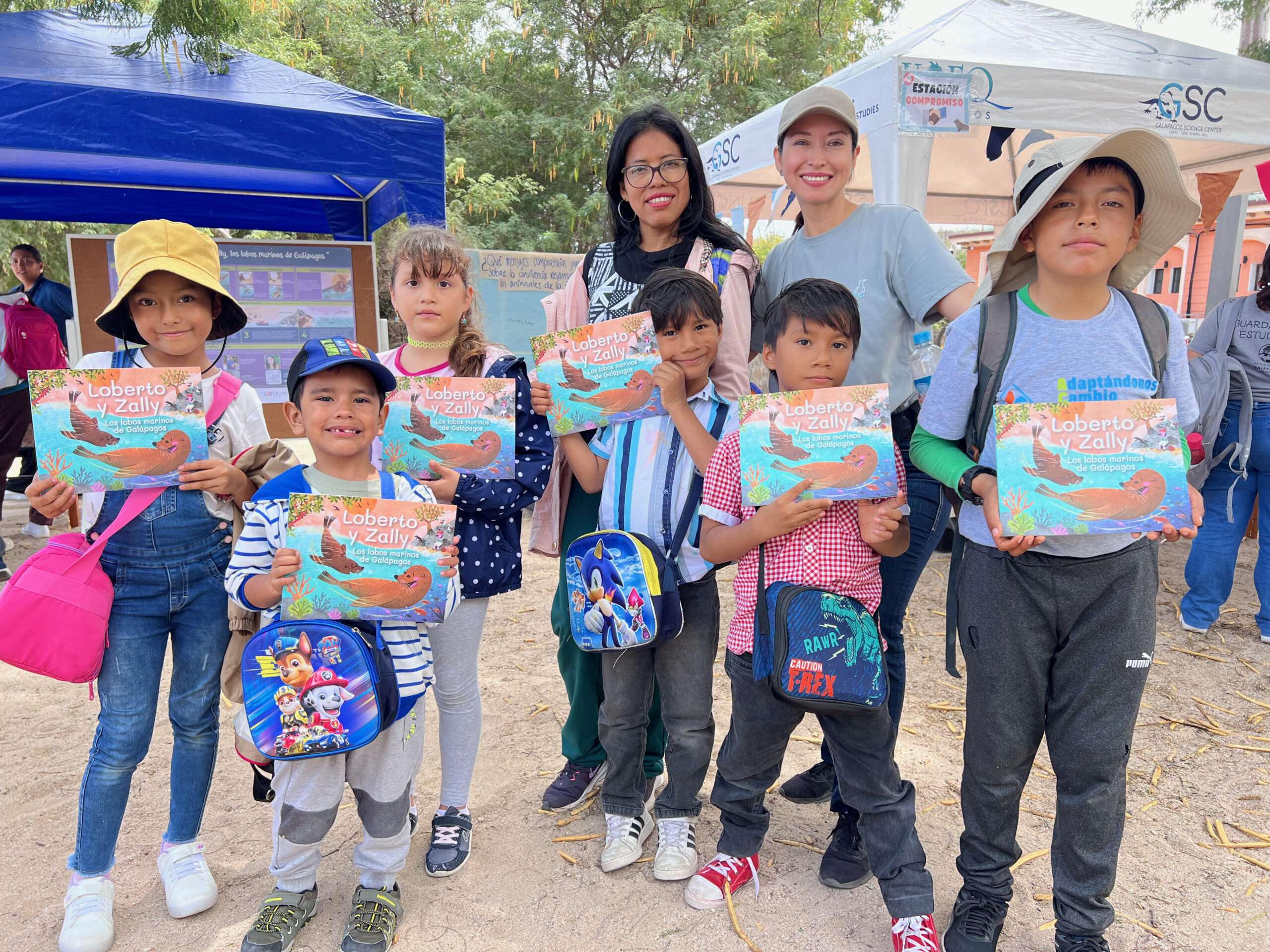Photo by ©timhe _ iNaturalist.
Abstract
The waters around the Galápagos Marine Reserve (GMR) are important fishing grounds for authorized artisanal vessels fishing within the reserve as well as for national and foreign industrial fleets operating in the wider Ecuadorian Insular Exclusive Economic Zone (IEEZ). Although it was not originally designed for fisheries management, Automatic Identification System (AIS) data provides useful, open access, near real-time and high-resolution information that allows for increased monitoring, particularly around Marine Protected Areas (MPAs) and in Areas Beyond National Jurisdiction. This study uses AIS data provided by Global Fishing Watch to assess the spatial distribution and seasonal dynamics of fishing effort by vessel flag within the GMR and the IEEZ from 2012 to 2021. Based on kernel density estimation analysis, we determinate the core-use areas (50%) and spatial extent (95%) of fishing activities by fleets (Ecuadorian and foreign), gear types and seasons (warm, from December to May; and cold, from June to November). Our results show that the Ecuadorian fleet recorded the most observed fishing hours in the study area, with 32,829 hours in the IEEZ and 20,816 hours within the GMR. The foreign flags with the most observed fishing hours in the IEEZ were Panama (3,245 hours) and Nicaragua (2,468.5 hours), while in the GMR were the ‘Unknown flag’ (4,991.4 hours) and Panama (133.7 hours). Vessels fished employing different fishing gears, but the waters of the GMR and IEEZ were mostly targeted by tuna purse-seiners and drifting longlines. The spatial distribution of the fishing effort exhibits marked seasonal variability, likely influenced by seasonal migrations of target species such as tunas (e.g., Thunnus albacares, T. obesus and Katsuwonus pelamis), marlins (e.g., Makaira nigricans) and sharks (e.g., Alopias pelagicus). The collection and use of this type of spatial and seasonal information is an essential step to understand the dynamics of fishing activities in national waters and improve fisheries management, particularly in less studied areas and fisheries.
Read the article in the link: https://doi.org/10.1371/journal.pone.0282374






